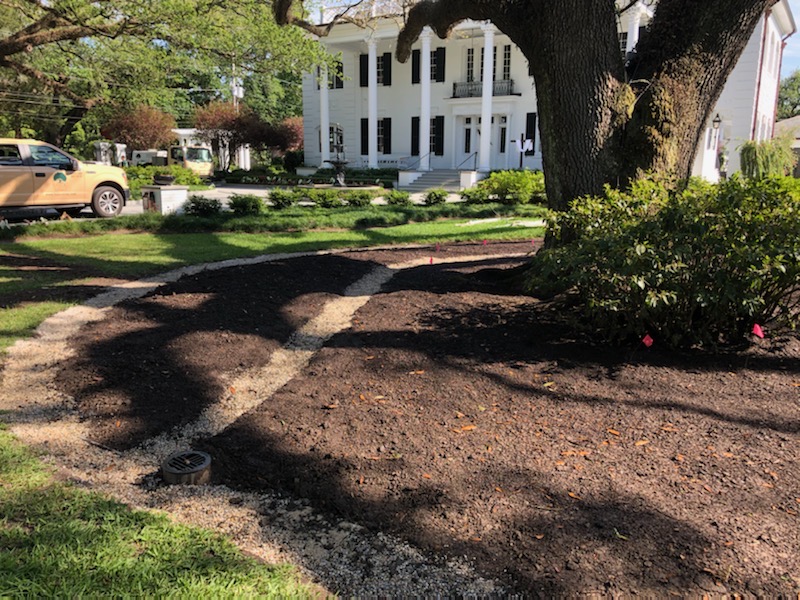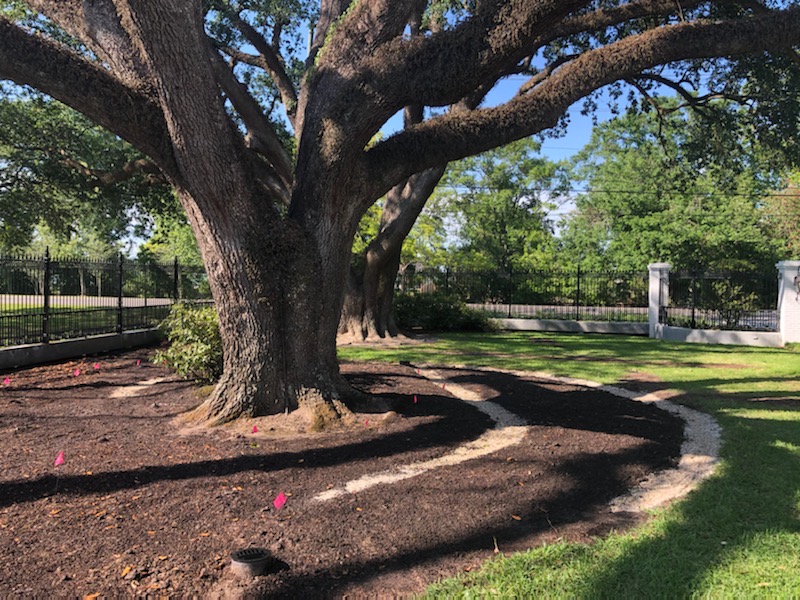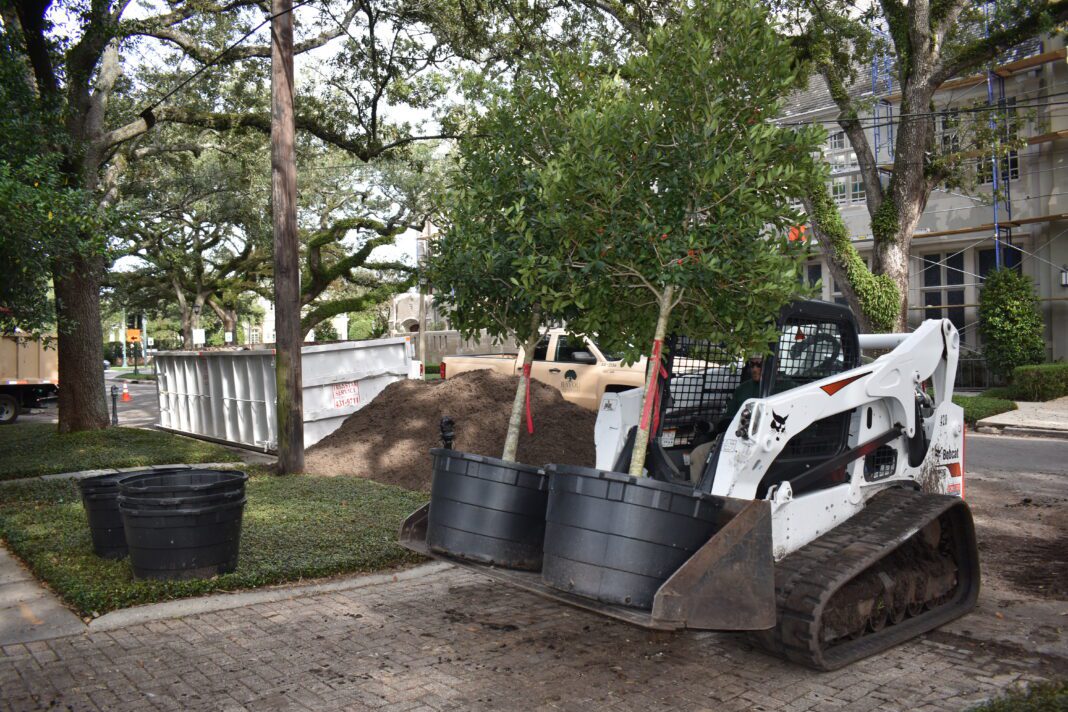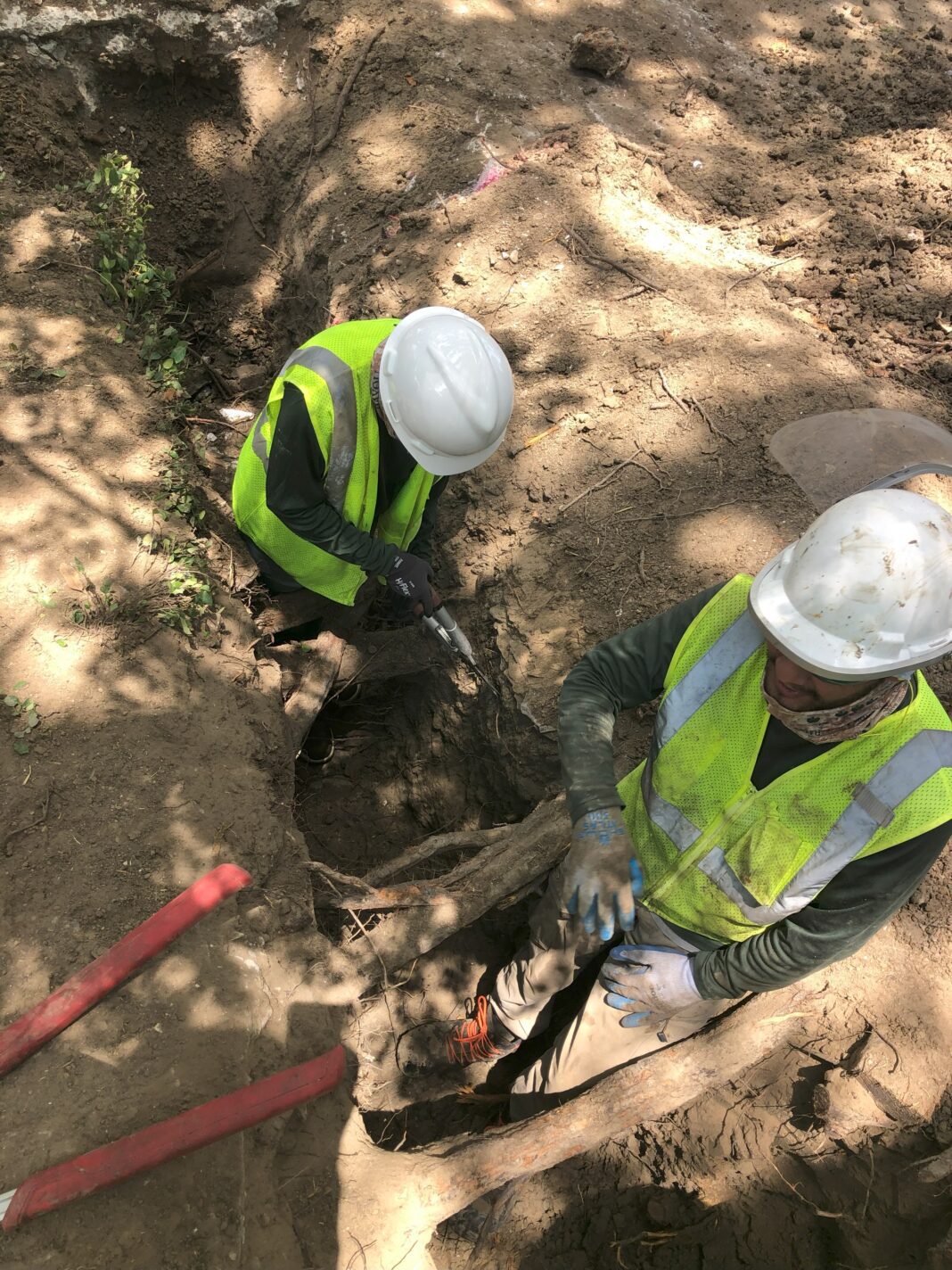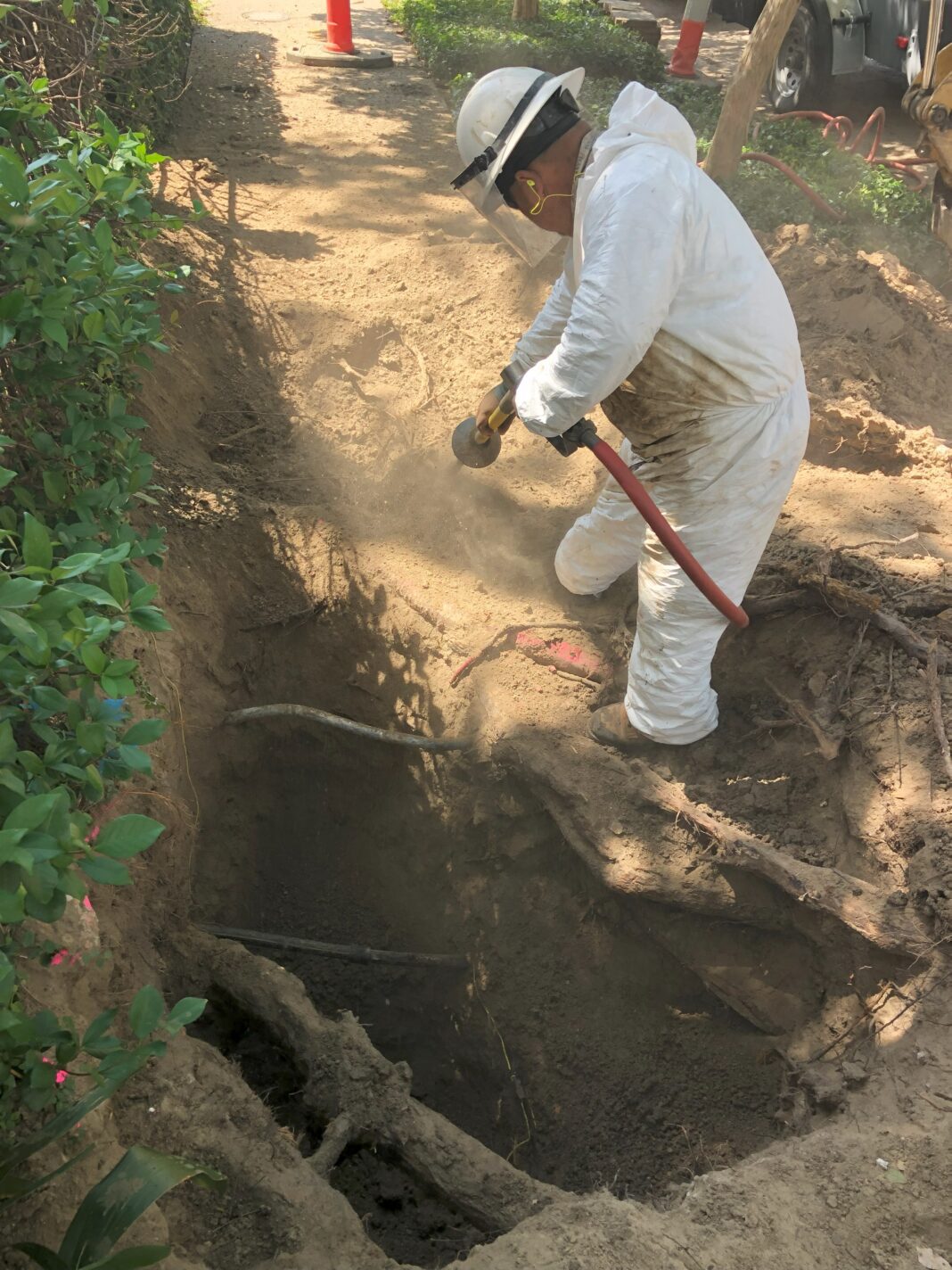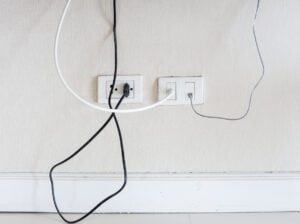The overlooked step in home renovations: consulting an arborist
Sponsored By Bayou Tree Service
So you’ve made up your mind that it’s time to upgrade your home.
Deciding which updates to make? Check. Lining up a contractor? Done. Daydreaming about how awesome that new pool or patio will be once it’s finished? In progress.
Calling an arborist?
That’s right — trees need to be evaluated before, during and after renovation projects to ensure they are healthy and remain undamaged during construction. And because trees add considerably to property value and enjoyment, they’re an asset worth protecting.
“Construction can affect your trees’ health and longevity,” says Lee Rouse, Bayou Tree Service’s Baton Rouge branch manager. “Whether you are installing a pool, irrigation system, backyard kitchen or even a new concrete driveway, an arborist should come out and consult with the construction team on how to properly avoid the root system.”
A common misconception is that tree roots are deep under the soil and stay near the trunk — but reality is quite the opposite, Rouse says. Most tree root systems are shallow, sitting 2 to 4 feet in the soil. They grow outward, spreading as much as one to one-and-a-half times the height of the tree.
“This is why contacting an arborist is your best bet on keeping your tree healthy to ensure the safety of these roots during construction,” he says.
Trees offer unmatched aesthetic benefits — but they’re not easily replaced, especially if they’re large, established specimens. For example, a mature live oak can be appraised anywhere between $80,000 to $100,000.
Safeguarding trees and their natural biome should be a priority just about any time modifications are made around your home. Even seemingly small projects like installing new landscaping can have a big impact on tree health if proper precautions are not taken. Taking steps like installing fencing can protect trees during construction projects. Keeping up with routine services such as pruning and fertilization is important as well to keep stress at a minimum.
Skipping these measures could result in a loss of aesthetics, property value and irreplaceable ecological services, including water absorption and temperature regulation.
That’s why it’s important to get an arborist involved from the beginning. They will know how to preserve and maintain your trees while you beautify your home. An arborist, especially one who is a member of the International Society of Arborists, will understand the specific tree biology while collaborating with contractors and homeowners to safely keep trees in tip-top shape while they do their work.
“Our main goal is to protect and preserve our urban canopy to so it can continue to thrive for many years to come,” Rouse says.




